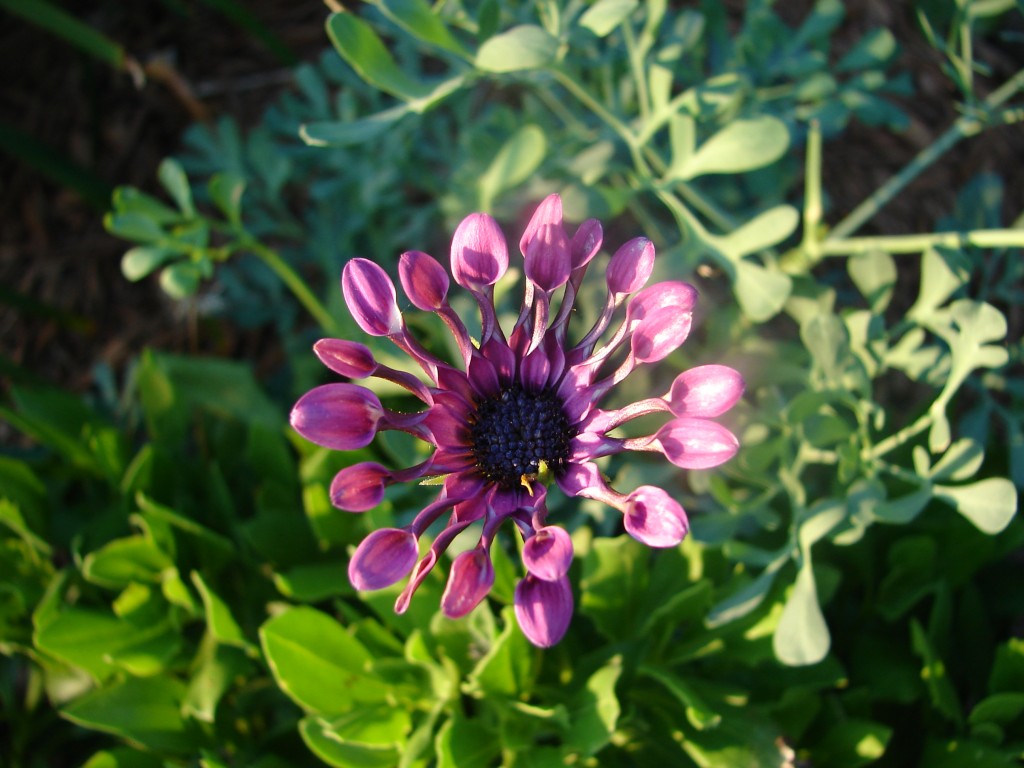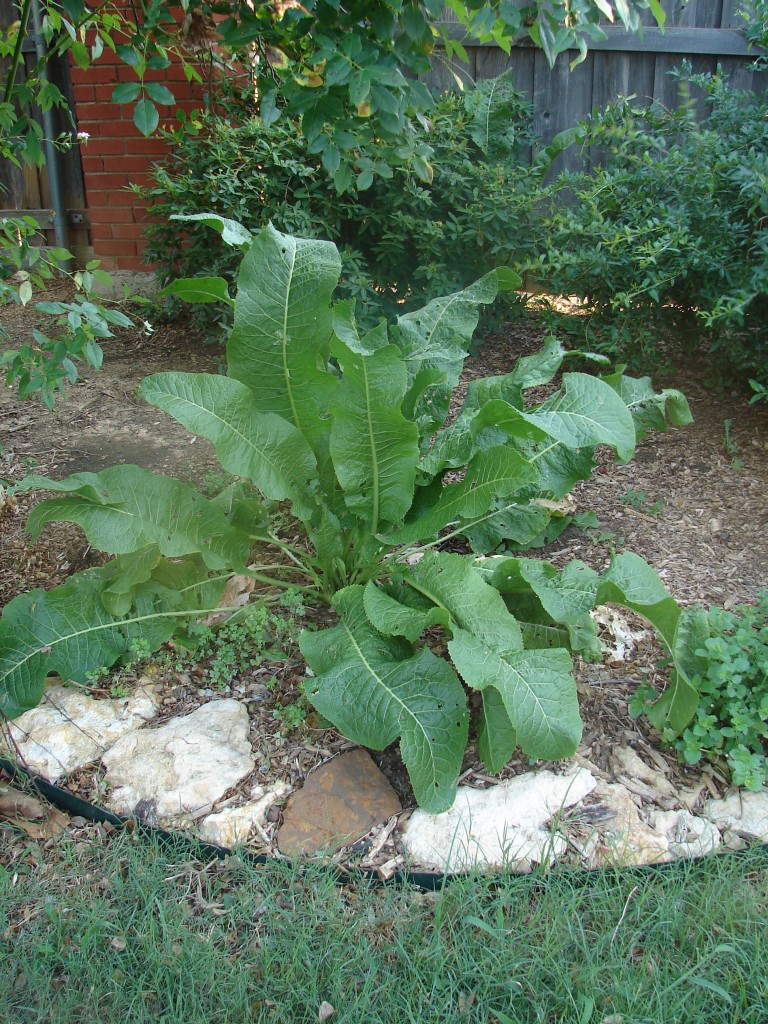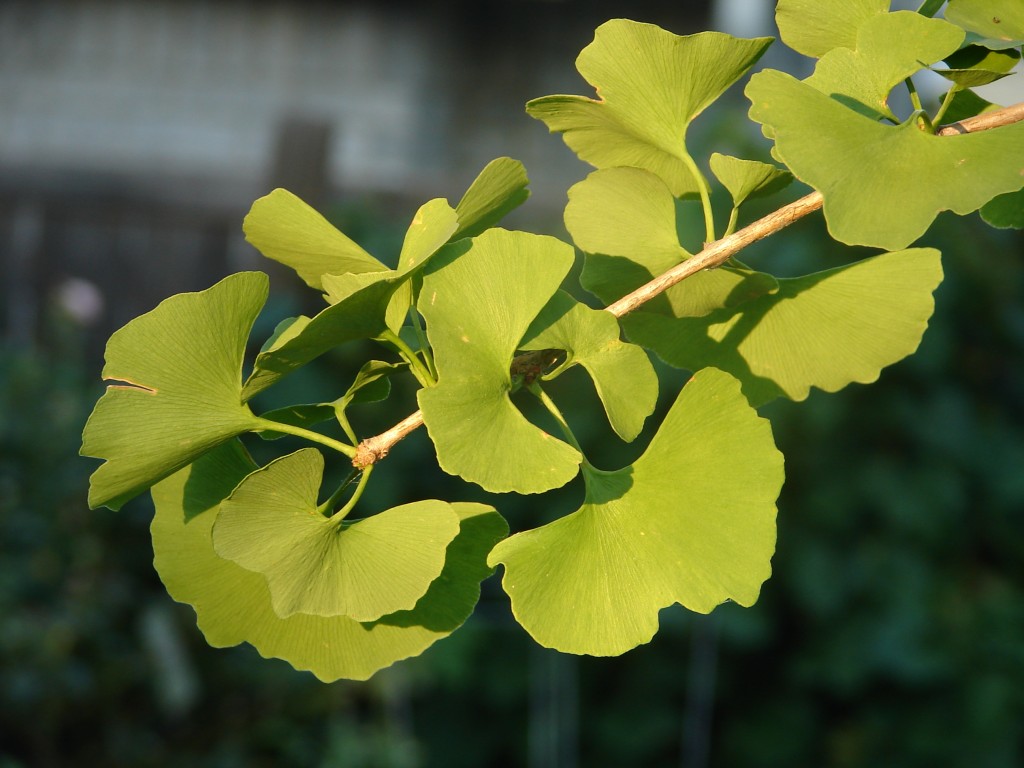Cicadas sing of summer
Simmering their sound
In a round
Calling for a mate
Chanting and chirping
Shouting out a warning
A glorious cacophony
A lullaby of summer
Did you know…
- That only male cicadas make sing? The females make a small buzzing noise to talk to a mate, but only the male sings the LOUD summer song.
- There are thousands of species of cicada? Most of them have not even been cataloged! Most cicadas have a 17 year cycle (but there are some 13 year cicadas also). The female lays as many as 600 eggs in various nest in trees and when the eggs hatch after a couple of months the larvae drop to the ground, burrow down not to emerge for another 17 years. The nymph then climbs back out of the ground to shed it’s skin to live as an adult for only a few weeks.
- That cicadas are not locusts? Locusts are a type of migratory grasshopper that travels in swarms and cicadas do not.
- That in spite of their loud sound, cicadas are not harmful? They do not bite or sting and they are actually beneficial to the trees because they aerate the soil and keep week weak limbs and roots pruned. They can be harmful to weak trees… so don’t plant those.
- That cicadas are food for a lot of people? They are low in fat and high in protein. Even here in the US, cicadas have been used as a food source.
- There are some silent years when no brood emerges? These are called “empty class years” when no brood class emerges.
- The most common North American cicadas is also called the “dog-day cicada”? This is because they emerge in the heat of July. Most North American cicadas are in the genus Tibicen.
-- Weather When Posted --
- Temperature: 86°F;
- Humidity: 49%;
- Heat Index: 88°F;
- Wind Chill: 86°F;
- Pressure: 29.9 in.;














